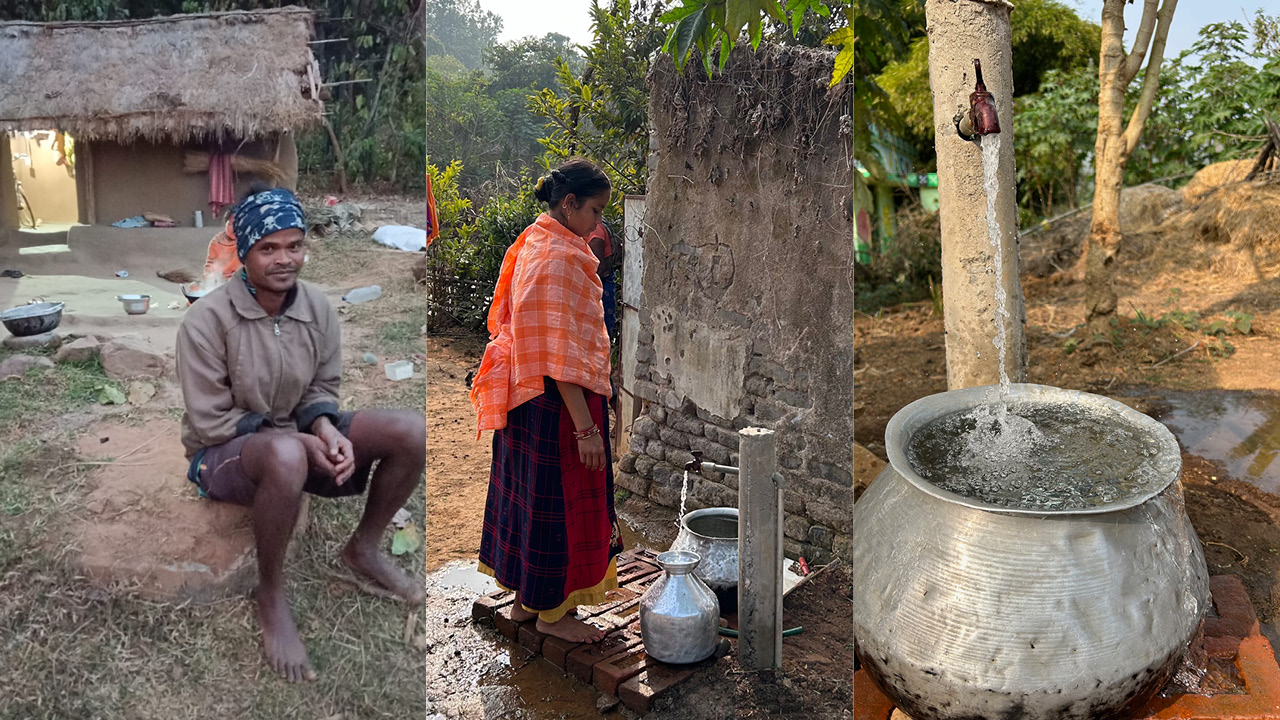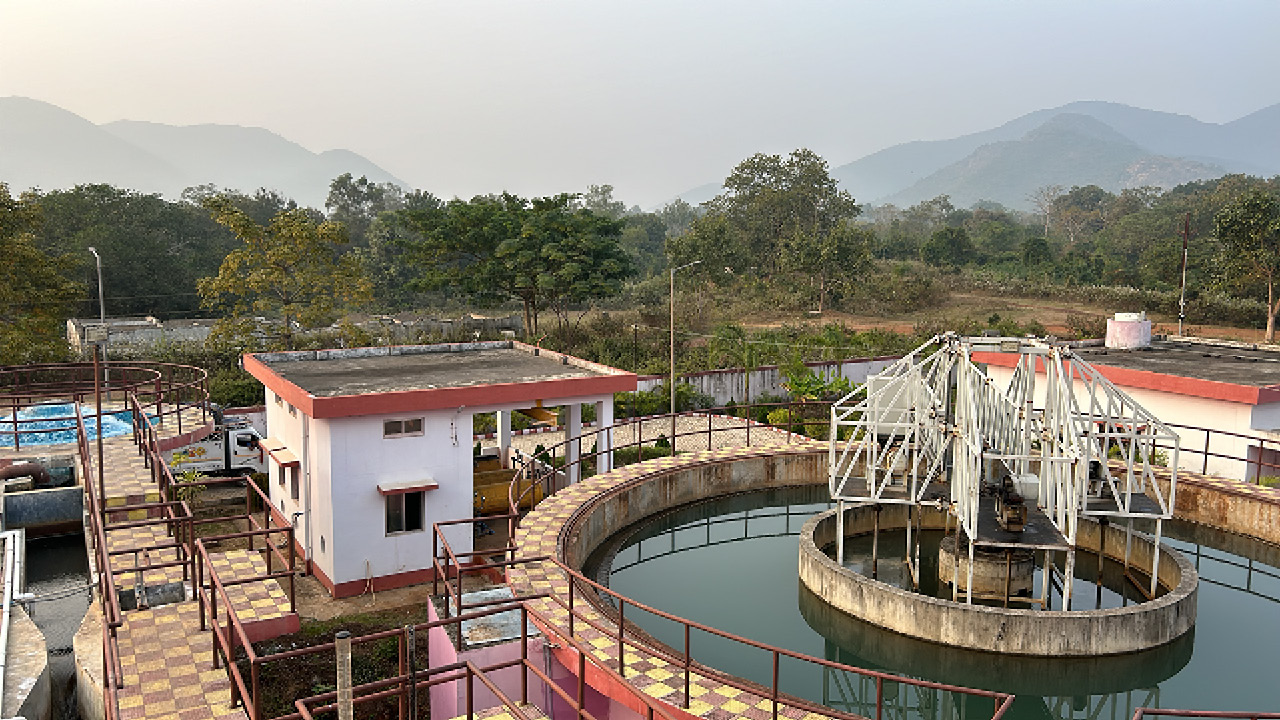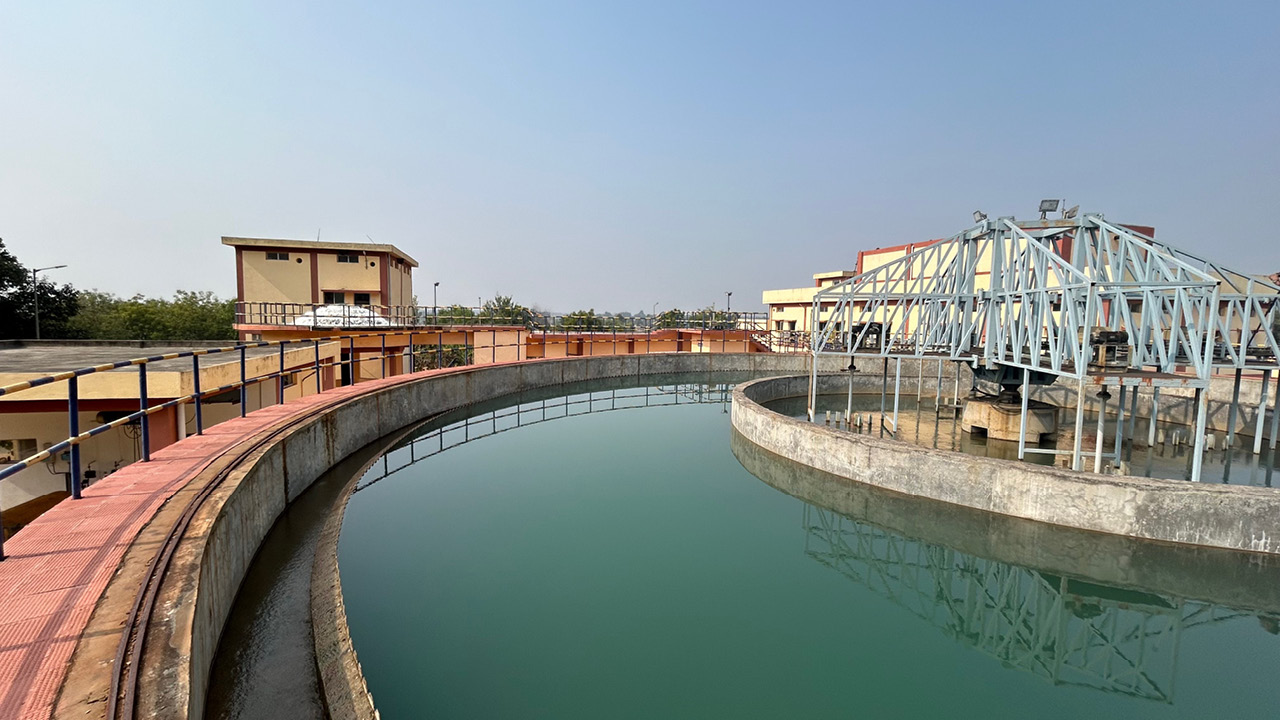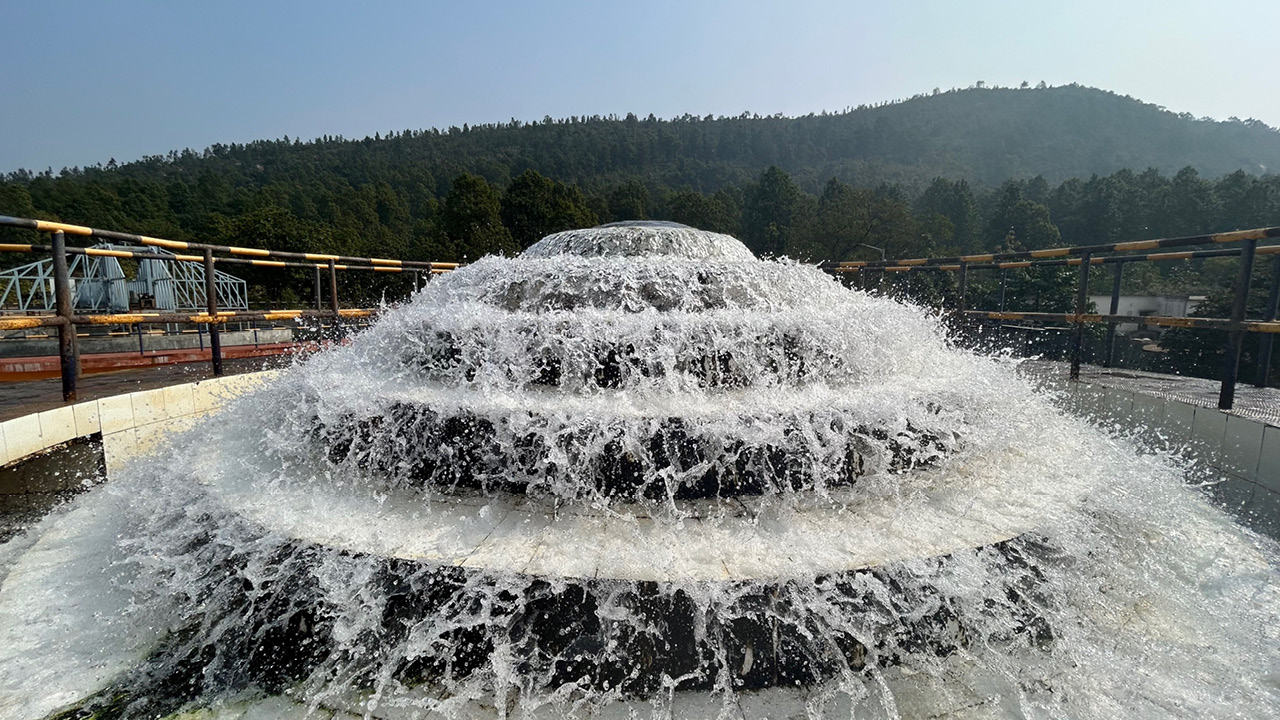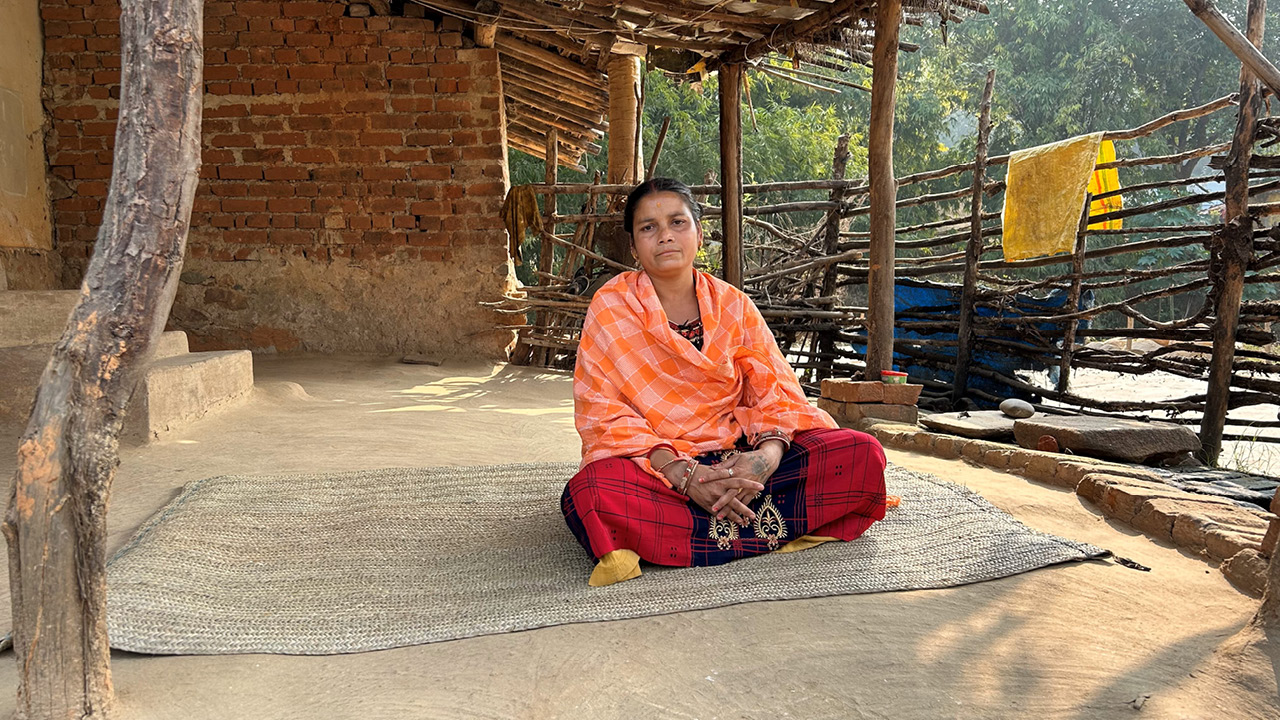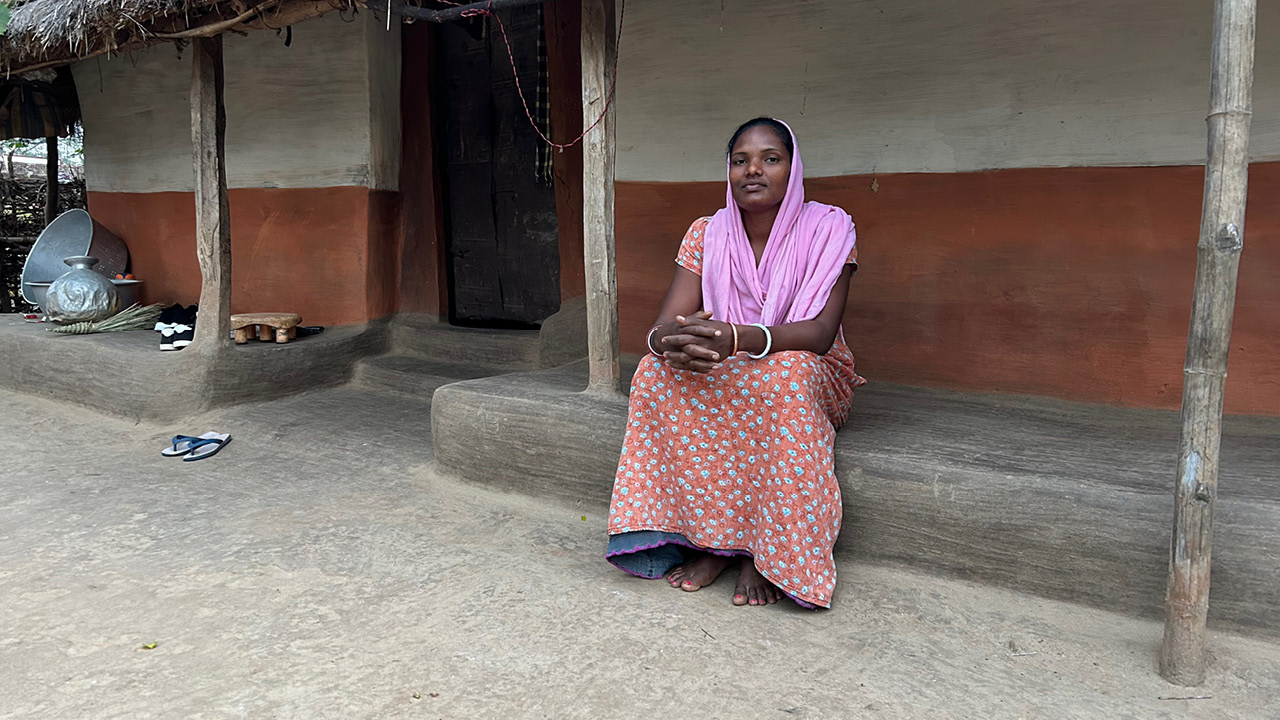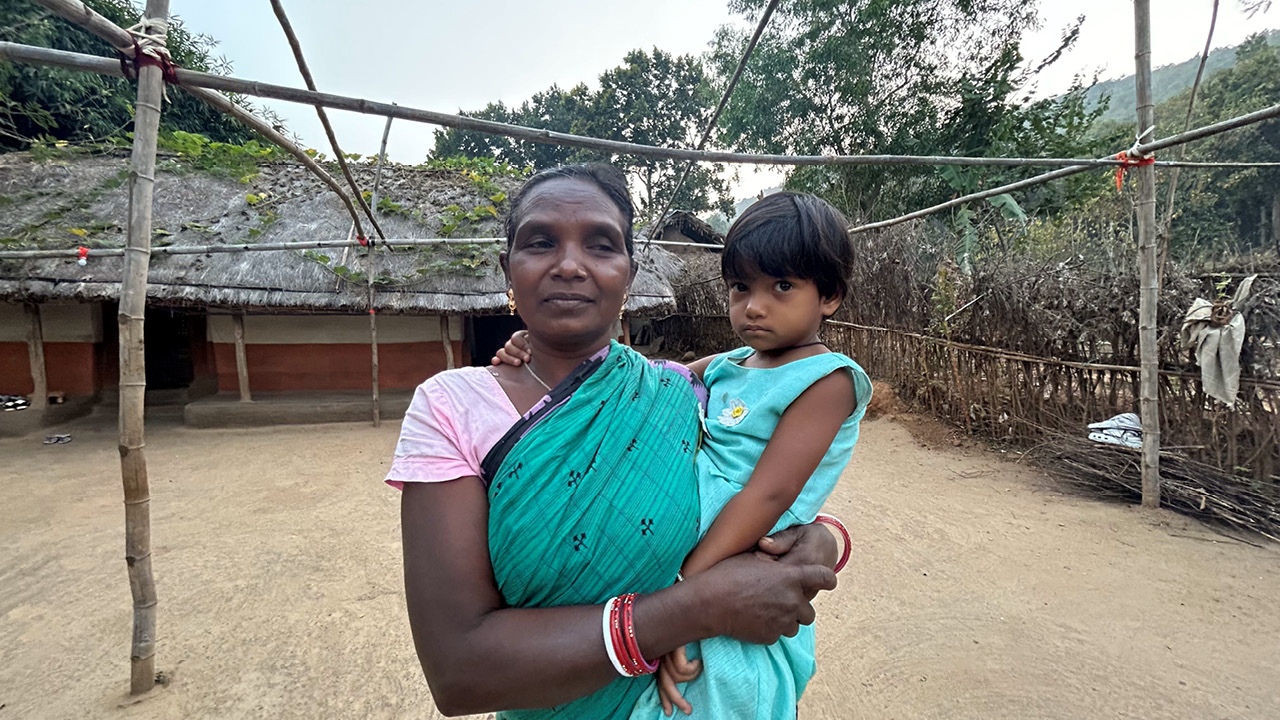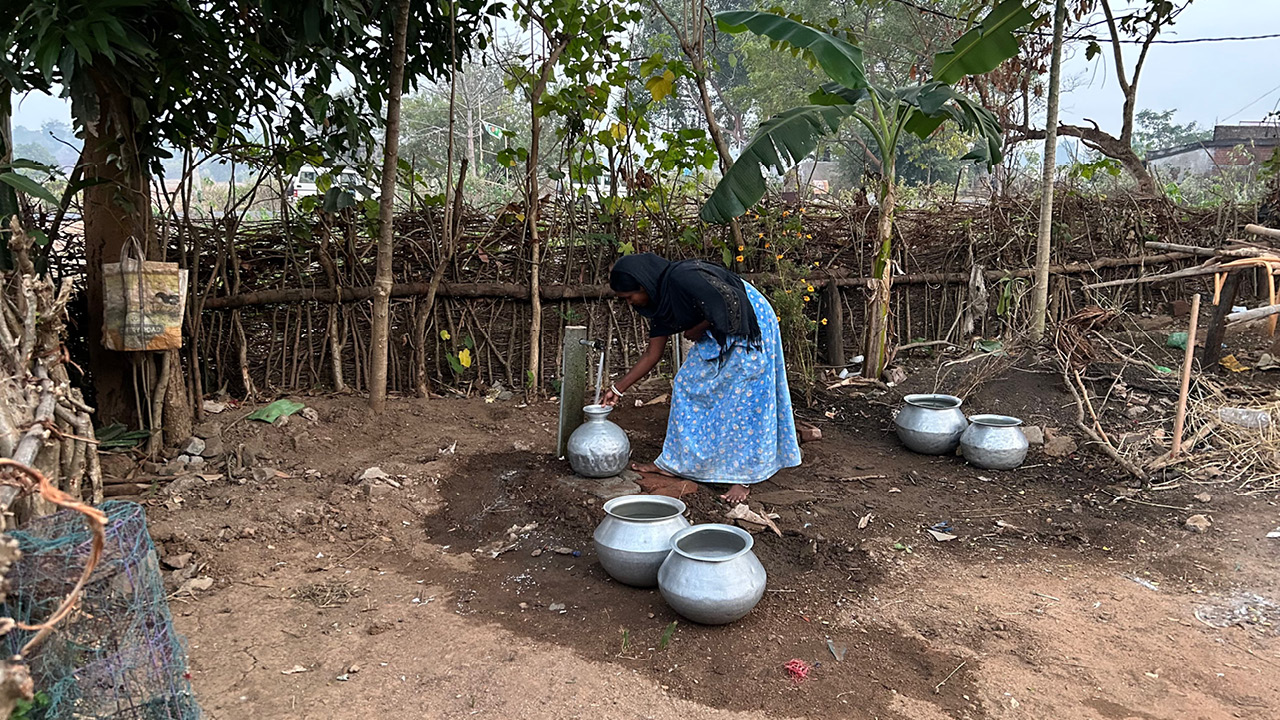Quenching Thirst: Drink-from-the-Tap Project, Odisha Mineral Bearing Areas Development Corporation (OMBADC), Odisha
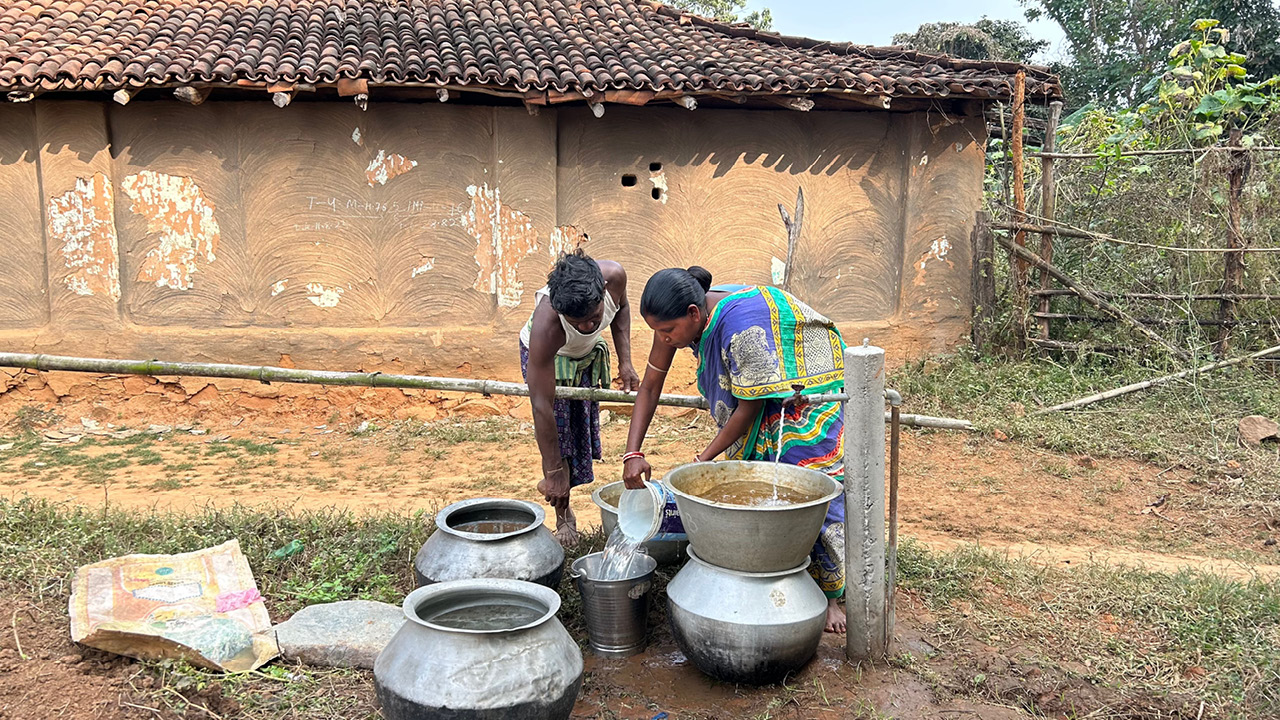
Quenching Thirst: Drink-from-the-Tap Project, Odisha Mineral Bearing Areas Development Corporation (OMBADC), Odisha
Problem
- Continuously dropping water table
- Dry months during summer
- Common source of water – well or river
- Distance to travel to fetch water
- Poor persoanal hygiene
- Widespread sufferings from water-borne disease
Solution
- To provide potable tap water for each household
- State of the art infrastructure
- Intake well at the river, treatment plant and distribution
- Daily monitoring of water quality
- Involvement of line department, Panchayat and community
Outcomes
- Improved health and hygiene
- Less number of cases with water borne disease
- Near zero loss of man days because of sickness; zero burden for womenfolk
- Aligned with state and national goals
- Scalable initiative as there is complete adoption by the community
Project Details
Category: Drinking Water
Project: Quenching Thirst: Drink-from-the-Tap Project
Organisation: Odisha Mineral Bearing Areas Development Corporation (OMBADC), Odisha
Start Date: 2019
Website: https://www.ombadc.in/
The depletion and contamination of underground water have emerged as prevalent issues in the mineral-bearing regions of Odisha, resulting in various health-related challenges for the local residents. To address this concern, the Odisha Mineral Bearing Areas Development Corporation (OMBADC) took a significant step in 2018 by committing funds to numerous large-scale piped water supply initiatives in the mineral-bearing tribal districts of Keonjhar, Mayurbhanj, Sundargarh, Angul, and Jajpur. The primary objectives guiding these efforts include:
- Establishment of functional household tap connections for rural households.
- Collaboration with the state government to ensure the sustainability of water supply.
- Training of manpower for the long-term management of system defects.
A total of 30 substantial projects were approved to provide potable water to every household in identified rural areas through tapped water supply in the priority districts, with a substantial sanction of Rs 8,008 crores to achieve the specified goals. Commencing in 2019, the progress of the project has been varying across districts, with all targeted areas, except Sundargarh, achieving approximately 90% completion of physical works.
This initiative holds the potential to significantly enhance the capacity of rural water supply systems, particularly benefiting women who traditionally bear the brunt of water-fetching responsibilities. The expected outcomes include improved health, allowing more time for education pursuits and other entrepreneurial activities.
The ambitious project aims to provide potable tap water connections to over 4.5 lakh households, covering 3,196 villages. Already, the mega piped water supply project has reached 121 mining-affected villages in Sundargarh district, serving 6,969 households. In more than 70 villages, a robust water supply network ensures access to water for four hours daily, reducing the time spent by people, especially women, on water collection.
In Keonjhar, the project has extended its coverage to 114 mining-affected villages, offering potable water to 6,819 households spanning 53 villages. The implementation involves laying an extensive 15,000-kilometer distribution pipe network across the rural areas in targeted mining-affected tribal districts.
Residents, like Sita Kishan in Hathibahal Village, Sundargarh, express gratitude for the availability of tap water, emphasizing the positive impact on daily life and women’s dignity. Similarly, Ratna Kishan highlights the transformative effects, promoting cleanliness, energy and hygiene.
The project’s impact extends to health, as revealed by Mithila Kishan, who notes the significant reduction in ailments after gaining access to piped water. Moreover, the introduction of piped water has facilitated behavioural changes, as seen in ODF villages like Lalei, where Tulasi Behara led efforts to encourage toilet use.
Local leaders and residents attest to the project’s transformative effects on daily routines. Kumudini Behara, Ward Member of Lelai village emphasises time savings, while Sushhana Soren from Sankatapalia Village appreciates the relief from the dangers associated with fetching water, especially during the night. Since it is a forest area, there was always a danger of wild animals around.
Daily wage earner, Tukunu Badra lives with his wife and a small kid in a small hut closer to the forest area. Both he and his wife used to go together to fetch water at odd times of the day leaving the small kid alone at home. They have been living in fear forever. But piped water changed their life. Drinking water tap just outside their hut has removed a number of worries for the couple and the mother is now able to spend more time with the growing child.


